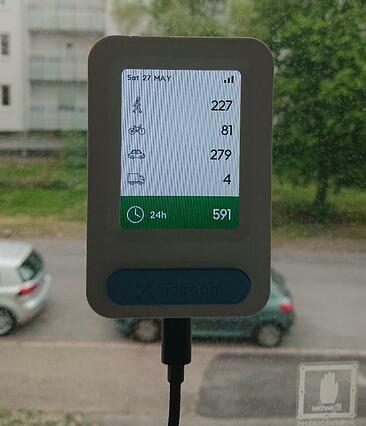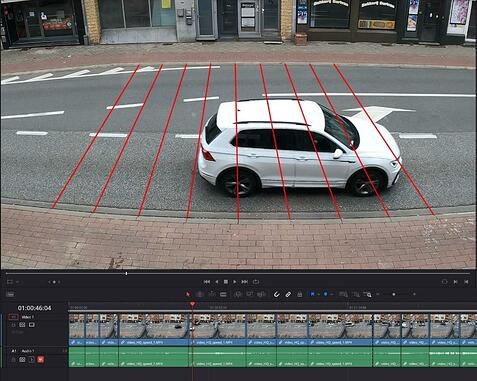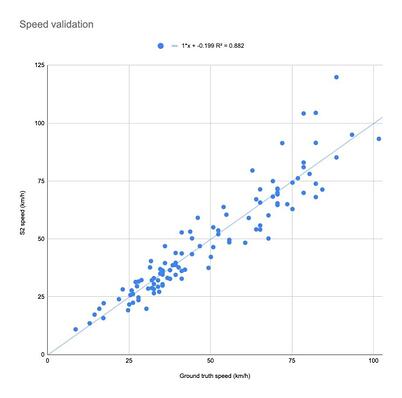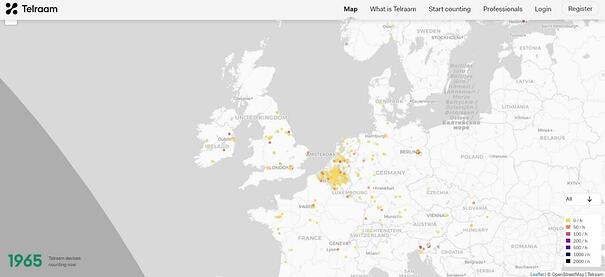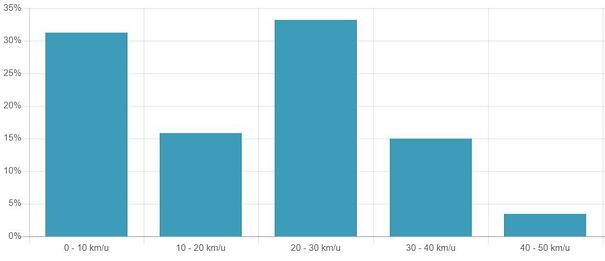I was recently sent a copy of a fun overview of Telraam written in Nynorsk (one of Norway’s official languages. - did you know there were 2? See, you’re learning already!)
This article was written by Per Thorvaldsen in a national newspaper called Dag og Tid but as it was behind a paywall and needing translation, Per kindly offered us a translation below.
Hope you enjoy! and our thanks to Per and his daughter!
Little brother sees you.
With Telraam S2 in the window, you can count traffic and become your own statistician.
I sit on the side of the road and note car numbers and license plates. Life in the sixties is safe and good. The peak of happiness is when I, the little statistician, am allowed to go to the city when the ferry from England arrives. The notebook is filled with exotic data. Interest in numbers and technology was awakened.
Now it’s more about survival. The traffic in Oslo is ruthless. When I’m halfway out in the pedestrian zone with eye contact with the driver, she takes it as a sign that she needs to accelerate to overtake me. That I am still alive is a mystery.
What can a poor person do to stop such reckless behavior? I have already seen the solution in my daughter’s window. An electronic abacus from the Belgian company aptly named Telraam. The Telraam model S2 is a typical Internet of Things device that talks to a server in Belgium that collects data from it.
Telraam are specialists in traffic counting. The idea for this simple traffic counter came when Telraam realized that a lot of data was needed to count accurately, and that perhaps private individuals could help with the counting. They made a first version based on off-the-shelf electronics. That version, partly funded by the EU, showed that the concept worked. With their new model S2, they have taken a big step forward.
Telraam S2 counts how many pedestrians, cyclists, cars, and trucks pass outside on the road. Why has my daughter bought this counter for a few hundred euros? She is technologically curious and loves statistics. Unfortunately, for reasons of privacy, the camera has such a poor resolution, 112 * 112 pixels, that I cannot take up my old hobby of noting car numbers.
After the Telraam S2 is mounted in the window and films the road, it must figure out what it sees. That’s where the built-in artificial intelligence chip comes to the rescue. That chip is already trained to recognize different road users using an algorithm. The algorithm is created by people having fed it with a lot of images of road users that have already been recognized and categorized. During training, the algorithm analyzes the images according to patterns to build a concept - or model - that can distinguish between different road users. The more training data, the better the model.
The speed of the road user is estimated by seeing the road user’s position change compared to the size of the road user.
Telraam S2 has no speed radar built in but can still estimate it by analyzing the movements of the filmed objects. The speed is guessed by seeing the object’s change in position compared to the size of the object. When you know how many pictures you take per second, namely twenty, the speed can be calculated. Telraam has tested the quality of this method and it gives good results, apart from high speed where the spread in the measurements is large.
There is almost a one-to-one relationship between speed estimated by Telraam S2, but the spread from the regression line becomes greater the greater the speed.
Then it’s just a matter of enjoying data via a website (Telraam.net). There you can see all kinds of possible measurements from your Telraam and others from all over the world, which you can easily find via a world map. Telraam has given traffic counts to the people. With the law of large numbers, the cheap Telraam meters can give better measurements than expensive professional meters. Telraam’s philosophy is a typical example of the new sharing culture.
On 29/5 at 7:37 it was 1965 Telraam that counted traffic. Each Telraam is shown as a dot. The color of the dot tells how many objects have been counted. As you can see, most of the Telraam is in Belgium, where it comes from.
All you must do is choose a dot and you will get statistics for the road that is being monitored. In great graphs you can see how many pedestrians, cyclists, and vehicles there are every day and hour. In Lybekkvegen, where I am now, there is mostly car traffic, and it peaks at 4-5pm. There are no measurements from the night as the camera cannot film in the dark. Most of the cars seem to stay within the speed limit, but unfortunately there are a good number who drive far too fast.
Speed distribution in Lybekkvegen. We see that some people are in too much of a hurry and can be a danger to others.
It’s one thing to have fun with measurements and statistics, but can it be used for anything? Of course. If you are tired of speed idiots and people who use your slip road as a shortcut and fill it with traffic, you can hit the table with the municipality with your numbers and demand speed bumps or barriers. I could even imagine setting up a Telraam S2 that sees my pedestrian crossing and, in true statistical fashion, rejects the null hypothesis: Motorists in Oslo are considerate and thus accept the alternative hypothesis that they are inconsiderate. Just measure the speed.
